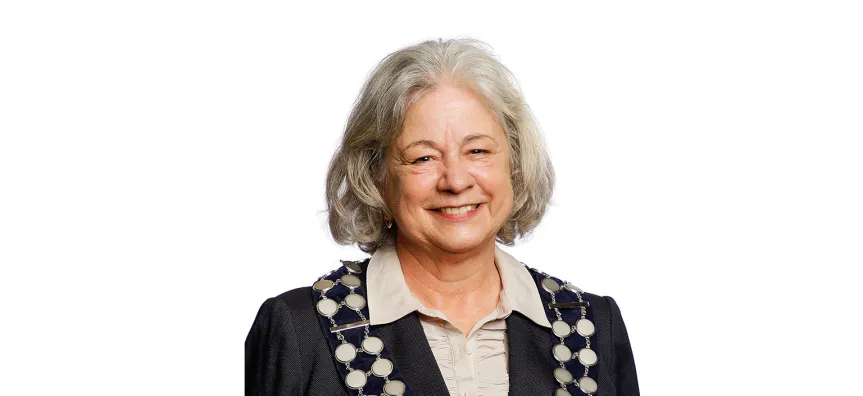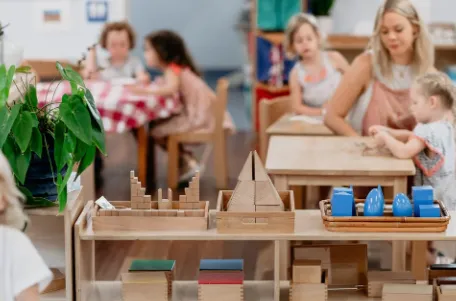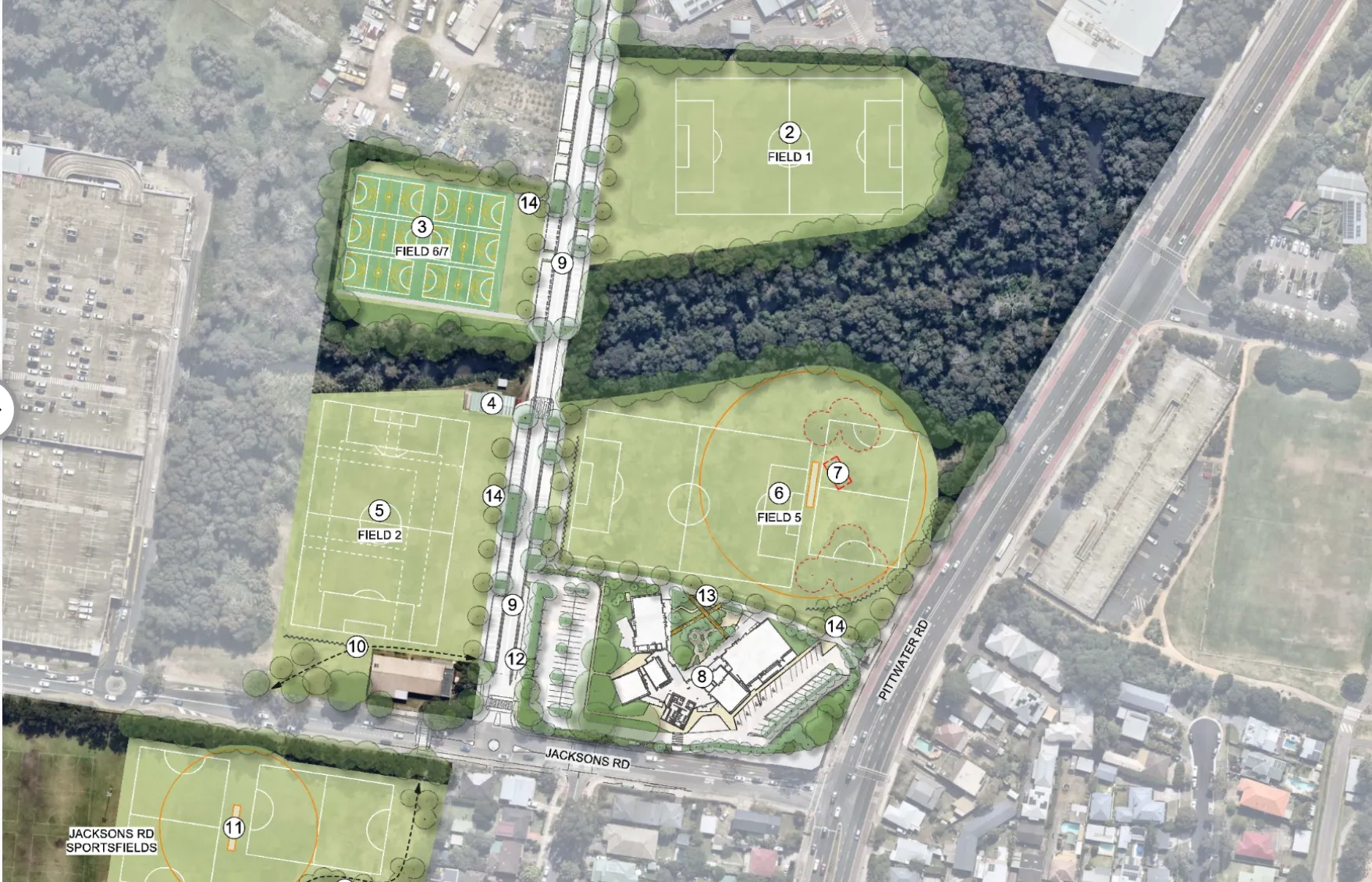
Earlier this year, Northern Beaches Council proposed a rate rise – a 29% increase phased in over three years, or 39.6% if you include the standard rate peg. It left many residents asking, "Why are council executives paid so much? And are they delivering value for money?" We reached out to Mayor Sue Heins to discuss and debate.
On January 28, 2025, Northern Beaches Council voted 8–7 to apply to the Independent Pricing and Regulatory Tribunal (IPART) for a Special Variation to rates. The application was submitted on February 3, and if approved, would mean an average annual increase of $673 for households and $1,611 for businesses.
A survey revealed 51% of local ratepayers supported a smaller increase of 10.7%, while 49% backed a bigger hike. The decision sparked backlash, and Mayor Sue Heins says it’s a tough but necessary move.
“This was not an easy decision which I know weighed heavily on every Councillor,” she says. “With inflation pushing up the cost of everything Council does, the long-term financial sustainability was at risk. If we can’t maintain and improve our ageing assets, we’ll be forced to close them or spend more in the long run.”
IPART determines how much rates increase each year by setting a maximum percentage called the 'rate peg'. According to the Mayor, this limit has "caused a significant funding gap."
"Over the last four years, inflation was 24% and rates increased by a total of 11% – less than half the rate prices have been increasing," she adds. "Our Council has never applied to IPART for a full special variation to increase rates. But the gap is too large now.
"We've worked hard to balance priorities, be efficient and avoid unnecessary costs in developing a proposal to increase rates in a fair way that is aligned with our communities' needs and priorities."
Councils across NSW are facing similar issues, with five others applying for a variation this year and over 50 councils in the last nine years. “The funding system local government is forced to operate under is broken, which has now been recognised by two parliamentary inquiries and IPART."
Where’s the Money Going?
Councils play a crucial role when it comes to delivering essential services, maintaining infrastructure and shaping a community.
“Northern Beaches Council is a half-billion-dollar service-based organisation, the 4th largest in NSW, with responsibility for $5.6 billion in assets for almost 270,000 residents,” Heins explains. “As the state’s 4th largest Council, the breadth of our service delivery is significant. These services require staff to deliver them."
Some residents have questioned the Council’s organisational structure and executive salaries, with the CEO, Scott Phillips, reportedly earning $500,000.
“All council employees are subject to ongoing performance assessments and a formal annual performance review process against targets and goals. The CEO’s performance review is conducted by the elected Council,” says Mayor Heins.
“As a service organisation, a reduction in staff equates to a reduction in services,” she adds. “If there is less staff to repair rockpools, run libraries, clean public toilets, fix potholes and so on, the service level drops. Our employee costs and our organisational structure are consistent with industry benchmarks and commensurate with other local government organisations of a similar size.”
To help ease the financial strain, the Council has identified millions in cost savings, including cuts to back-office expenses, fleet costs and energy contracts.
"Council has endorsed a comprehensive improvement plan to find millions in ongoing and new savings, which also form part of the IPART application. The savings identified are on top of the $29.5 million per year saved since amalgamation,” Heins says.
Even with these savings, the Mayor says the local rate increase is essential to maintain infrastructure, expand environmental programs and manage increasing natural disaster risks. By year three, the increase will generate an additional $17 million for projects prioritised by the community.
These improvements include:
• Upgrades to roads, footpaths, and bridges.
• Better playgrounds, parks, and sporting facilities.
• More frequent tree maintenance, compliance checks, and town centre programs.
• Enhanced environmental programs, including bushfire protection.
• Major renewal projects like the Warringah Aquatic Centre.
• A dedicated fund for natural disaster recovery.
What’s Next?
The rate rise is not set in stone yet. IPART is currently reviewing the application and will release its decision in May or June of this year. In the meantime, Council will continue to work on cost savings and balancing community priorities.

.webp)




